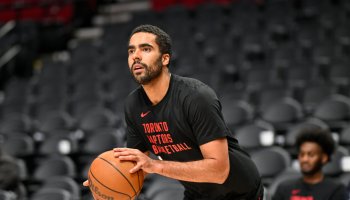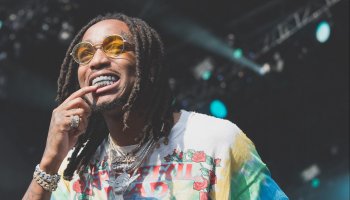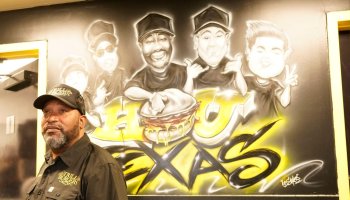In the 47 years since the murder of Civil Rights leader and human rights activist Malcolm X on this date, much has been made of the legacy of one of the most effective orators of all time. Malcolm X’s resonant timbre of a voice coupled with impassioned pleas for African-American justice made him one of the most significant social figures of all time.
Born in Malcolm Little 1925 to an outspoken, prideful community leader father and a Grenada-born mother, young Malcolm was reared in the farmlands of Omaha, Nebraska. Facing scrutiny from Klansmen, according to lore, Malcolm’s family endured many hardships as a result of the oppressive racism that permeated the lands at the time. After his father’s death and his mother losing custody of her children due to mental issues, Little would become a foster child.
1941 saw Little’s fortunes change a bit after moving to Boston with his sister. He then migrated to New York City and became embroiled in a life of crime and drugs. After being disqualified from military service, he was arrested for theft in 1946. While in prison, Little would meet John Elton Bembry and was influenced by the man’s way with words. Embry urged Little, or Detroit Red, to educate himself, and a major transformation was underway.
Little’s siblings Philbert and Reginald both introduced their older brother to the teachings of the controversial religious movement Nation of Islam, to which Malcolm was initially resistant. It wasn’t until a move to a larger prison with more access to books did Little begin to truly flourish; developing a relationship of written correspondence between he and NOI leader Elijah Muhammad. Little’s 1952 release began his journey from assistant minister in Detroit to heading the NOI’s Temple Number Seven in Harlem.
Now known as Malcolm X, he became known for his fiery speeches that were critical of the state of Blacks in America. Malcolm would also become a target of the FBI and hate groups eager to quell the growing ranks of the Nation of Islam. With Malcolm as the face of the movement, membership began to swell to epic numbers. Between 1952 and 1964, Malcolm’s NOI presence became a global force that followed on his every word.
Leaving the NOI in 1964 after ideological differences between him and Elijah Muhammad, he broke away from the group and wanted to begin his own movement. That same year, Sunni Muslims offering Malcolm a more orthodox view of Islam, led him to study and convert to traditional Muslim teachings. Making a pilgrimage to the holy city of Mecca in Saudi Arabia, Malcolm X came away a changed man who saw humanity through a different and inclusive lens. From there, he was formerly known as El-Hajj Malik El-Shabazz and traipsed the globe calling for a greater unification of all races.
In a still controversial assassination in 1965, El-Shabazz was addressing an audience at the Audubon Ballroom in Manhattan. After a disturbance in the crowd, El-Shabazz was shot a total of 21 times and was pronounced dead that afternoon. Leaving behind a then-pregnant wife and four daughters, the death rippled throughout the African-American community, even prompting Dr. Martin Luther King to respond.
In the years since his death, few have been able to match the passionate and careful articulation of civil and human rights with the vocal dexterity that seemed to come naturally to the fallen leader. His tale of changing from a petty criminal to one of the world’s most beloved leaders is a story worthy of repeated retellings. Biographies, documentaries and feature films have been made to depict the icon’s life and each chapter unveils a new round of speculative questions. Still, Malcolm X’s legacy remains intact and deserves all the reverence it receives.
Rest in peace, Malcolm X.
—
Photo: MalcolmX.com















